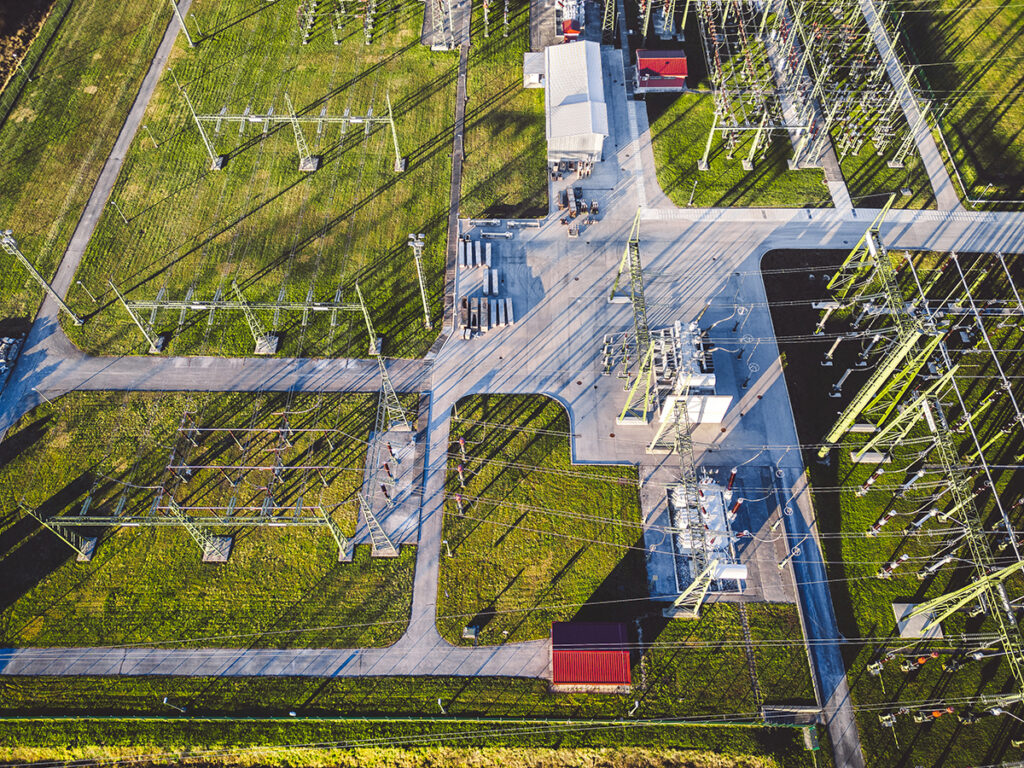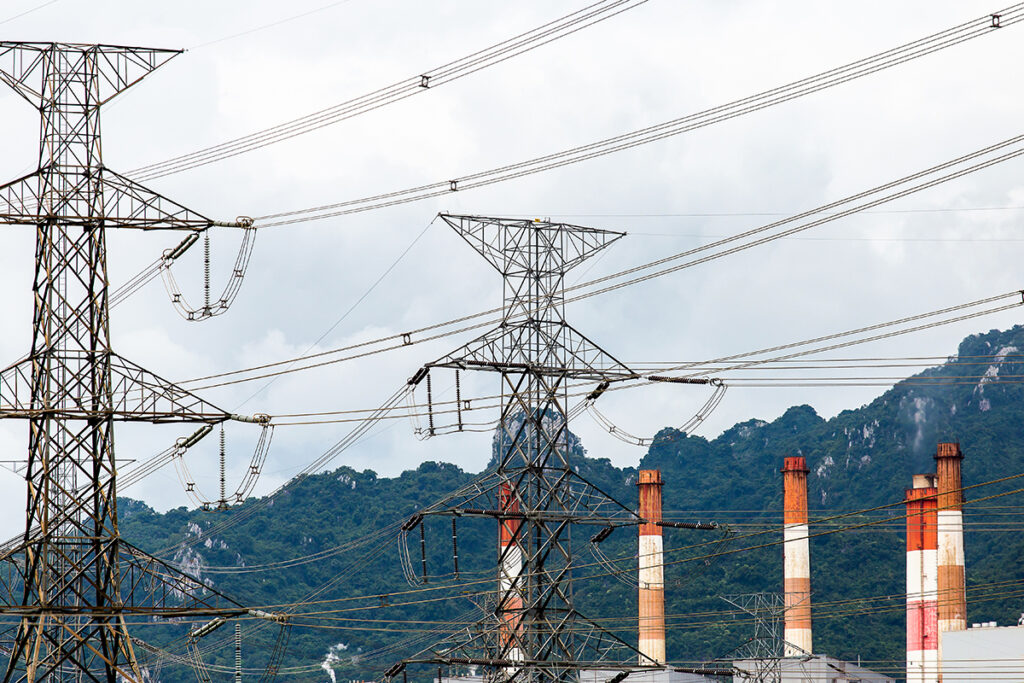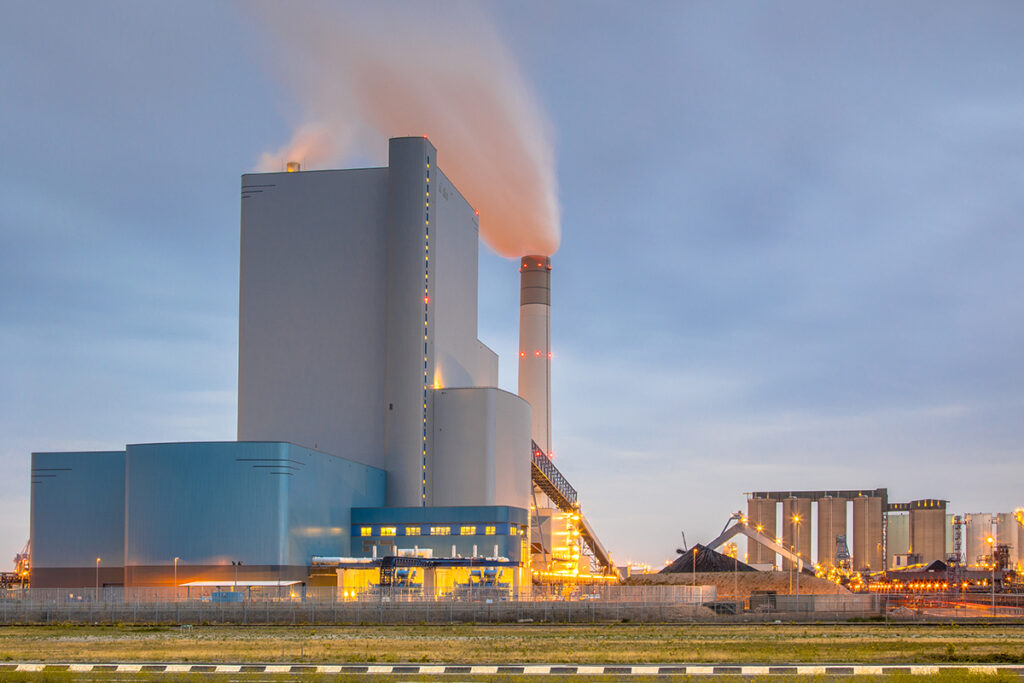Avathon Autonomy
for Power and Utilities Operations
The power and utility industry faces disruption from the accelerating growth of wind and solar generation, massive infrastructure investment requirements, environmental concerns, and rapidly growing energy demand driven by data center construction and vehicle electrification. With Avathon’s Autonomy Platform, power companies achieve the digital transformation that’s needed to address this ever-changing playing field and stay ahead of competitors.
Operating Plan
AI driven planning for your workforce, assets, and sites
Avathon turns the traditional power/utility operating plan into a living, AI-driven system with our Autonomy Platform, delivering immediate cost savings, efficiency, and improved asset performance. Using computational knowledge graph technology to map assets, resources, schedules, and dependencies, the platform enables AI agents to anticipate maintenance needs, optimize parts and workforce deployment, and coordinate supply chain actions in real time. By integrating all these components into a unified, adaptive plan, operators can significantly reduce operating and capital costs, minimize downtime, and maximize the revenue potential of their generation and T&D assets.
Industry at an Inflection Point
The utility industry will be challenged in the coming years to meet growing demand while achieving the operational and financial performance that customers and investors demand.
Finance and Investment
- Strong focus on infrastructure investment, with grid growth expected to nearly double in the coming decade
- Investment in safer operations due to wildfires, hurricanes, and the like
- Investment in capacity to meet accelerating demand of vehicle electrification and AI data center loads
Infrastructure
- Aging infrastructure prone to failure and not aligned with modern consumption demands
- Need for smart grid capability enabling bi-directional power flow with wind, solar
- Transmission facilities not at required capacity
- Need for significantly upgraded storage (BESS)
Operational
- Rapidly increasing need to transmit renewably generated power across long distances
- Rising focus on firm/clean power sources such as hydro, geothermal, and nuclear
- Cybersecurity threats affecting distribution and substation operations
- Increasing frequency and severity of weather events
Staff
- Aging workforce requiring retraining and digital/AI skill updating
- Shrinking workforce constraining human capacity
- Cybersecurity requiring speed, expertise, and agility to prevent disruptions
Key industry growth stats
4%
Annual generation growth (through 2027)
$789B
T&D asset growth (through 2035)
176 GW
Data center demand by 2035 (≈5× vs 2024)
63% → 50%
Traditional power share (today → 2030)
Thriving in a Period of
Rapid Industry Change

Generation
Surging, uncertain demand from electrification and data centers, coupled with the complexity of conversion to/competition with increasing capacity from renewable providers, ensures that success will be determined by optimizing capacity, flexibility, and reliability. Peaking, for example, will remain important to answer demand when renewable output falls due to wind and solar fluctuations. The unique capabilities of AI can help generators succeed in several important ways.
Predictive maintenance
Use machine learning to monitor system/component performance, flag impending failures well in advance, and provide prescriptive action recommendations that reduce generation losses and prevent catastrophic asset failures.
Spares planning and readiness
Ensure availability in the right location at the right time with spare parts planning, logistics, and instruction presentation to personnel for repairs.
Performance analysis and optimization
Analyze and identify areas of performance and underperformance of assets, systems, and plants to optimize power production and ensure cost efficiency.

Transmission and Distribution
T&D companies are challenged with operating their grid assets reliably in the face of accelerating infrastructure growth demands, unpredictable weather events, and increasingly common threats from cybersecurity breaches and other external events. By moving from reactive to predictive and autonomous operations, T&D operators can ensure performance that meets the expectations of customers, investors, and regulators.
Predictive maintenance and asset management
By analyzing performance data from power lines, transformers, circuit breakers and other equipment, operators can accurately predict system and equipment failure and take proactive mitigating actions that minimize unplanned failures. By using AI-enabled visual inspection techniques with drones, line inspection can be automated, and failures further averted.
Grid optimization and loss reduction
Outage and storm response
Enhanced safety and security

Proactive performance visibility

Environmental and regulatory compliance
The Autonomy Platform can automate compliance reporting, helping companies meet the ever-increasing number of regulations without additional administrative burdens. By providing real-time insights into asset performance, Avathon creates greater operational transparency, enabling power providers to communicate environmental compliance to stakeholders, investors, and regulators.
Case Studies


Avathon Autonomy was used with a large electricity generation company to analyze a sample of 3000 tags/sensors per second for vibration, temperature, pressure, and speed to successfully safeguard a turbine investment valued at $2B, predicting a failure one month in advance and averting $500K in repairs.

A large hydropower operator suffered an unplanned $1.5M outage due to a generator failure. Using sparse performance data, the Autonomy platform identified the large-scale outage with one month of advance warning.

